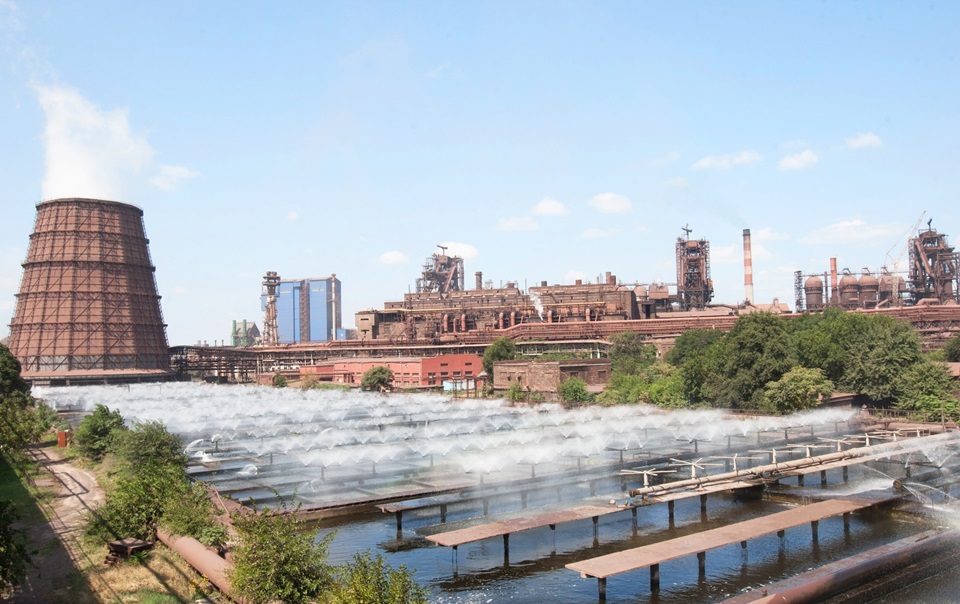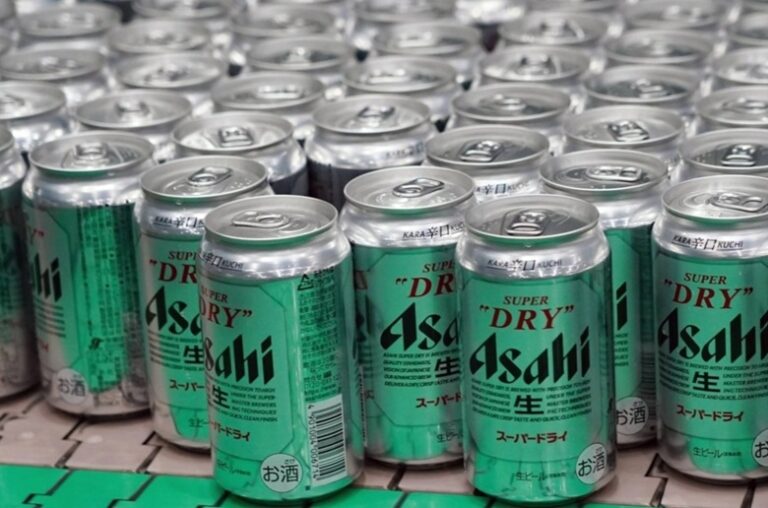In the wake of the conflict and ongoing tensions in Ukraine, the steel industry, once a cornerstone of the country’s economy, finds itself grappling with a multitude of challenges that jeopardize its survival and revival. The plight of Zaporizhstal, a Soviet-era steel plant in Zaporizhzhia, reflects the broader struggle faced by the steel sector and the hurdles encountered in resurrecting a vital economic pillar.
Despite navigating staff shortages, disrupted exports, power disruptions, and the looming threat of Russian attacks, Zaporizhstal strives to remain operational. However, the hurdles are immense and multifaceted, casting shadows of doubt over the future not only of this plant but the entirety of Ukraine’s steel industry.
The steel industry, essential to Ukraine’s economy, has seen a drastic decline in production output. Once producing over 50 million metric tons annually during Soviet times, output shrunk to a mere 6.3 million tons in 2022 after Russia’s invasion, marking a significant loss in control over crucial industrial territories, notably in Mariupol.
Moreover, the issue extends beyond mere production setbacks. The industry’s lifeline lies in exporting via the Black Sea, a channel that has become perilous due to the ongoing conflict and Russia’s menacing stance, severely hindering recovery prospects.
Efforts have been made to redirect exports through alternative means, such as rail transport to Europe. However, the cost is significantly higher compared to seaborne transportation, further burdening the already struggling industry.
The human toll on the steel industry is profound. Staff shortages are not just a matter of workforce availability but an issue of life and death. The workforce has been significantly affected, with many employees leaving for safer areas or military service. The plant has lost about 20% of its pre-invasion workforce, impacting the operational capacity.
The challenges are exacerbated by erratic power supplies, with past winter blackouts drastically reducing steel production. As temperatures drop and demand for power surges, the risk of further disruptions looms large, potentially hampering operations just as the industry tries to recover.
While there are glimmers of hope in rising domestic demand for steel driven by the need for reconstruction post-war, the overarching predicament persists. The industry’s resilience, as exemplified by the determination of workers like Oleksandr Yasunas, is commendable. Yet, the complex web of obstacles – from security threats to logistical challenges – continues to hinder meaningful progress.
As Ukraine navigates the complexities of post-war recovery, the steel industry remains a vital piece of the economic puzzle that demands attention and support. Restoring stability to this sector will not only bolster the nation’s economy but also symbolize a beacon of resilience in the face of adversity. Only through strategic interventions, international support, and concerted efforts can Ukraine’s steel industry hope to regain its former strength and pivotal role in the country’s economy.
(Source: Japan Times | Max Hunder | Pavel Polityuk | Reuters)









